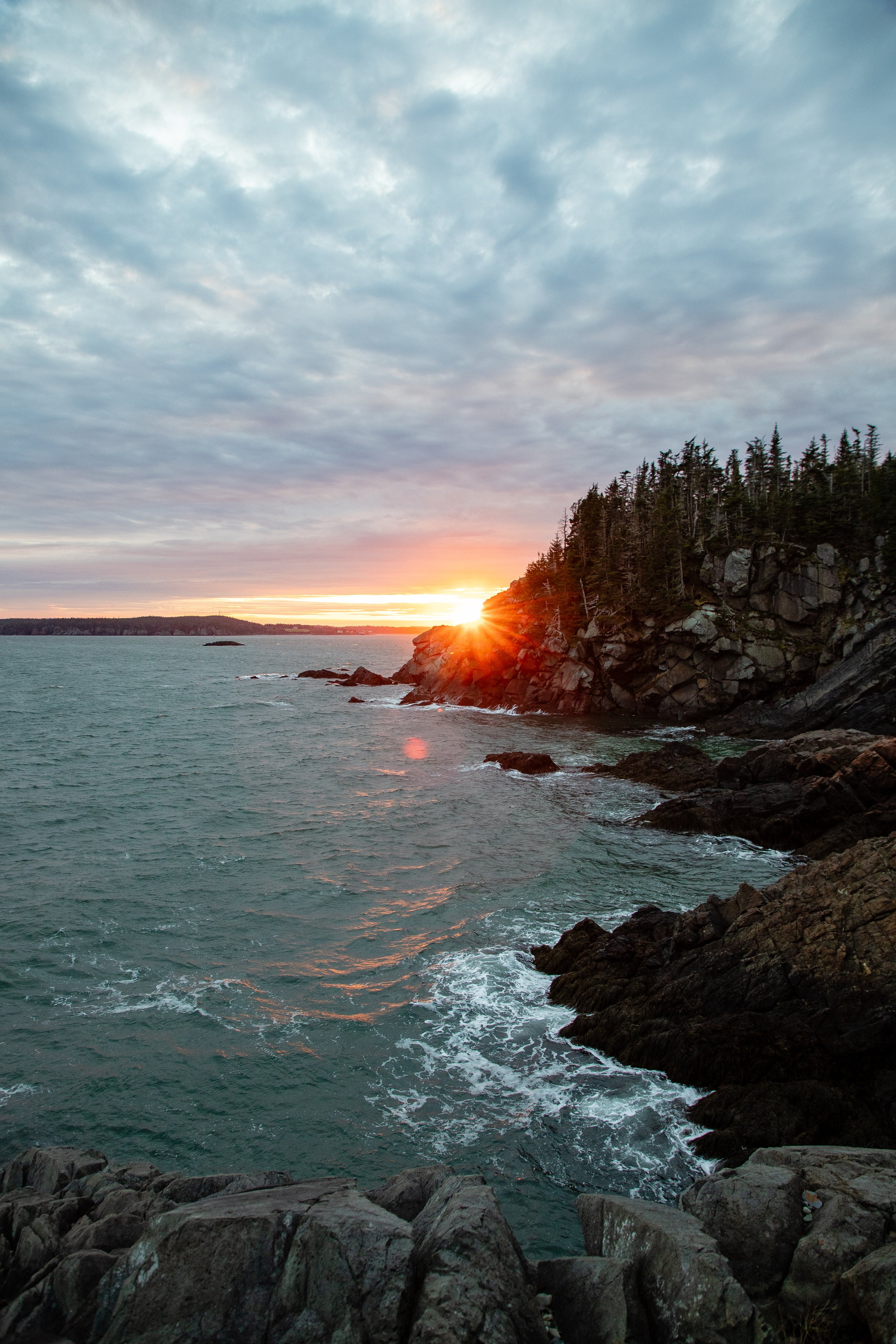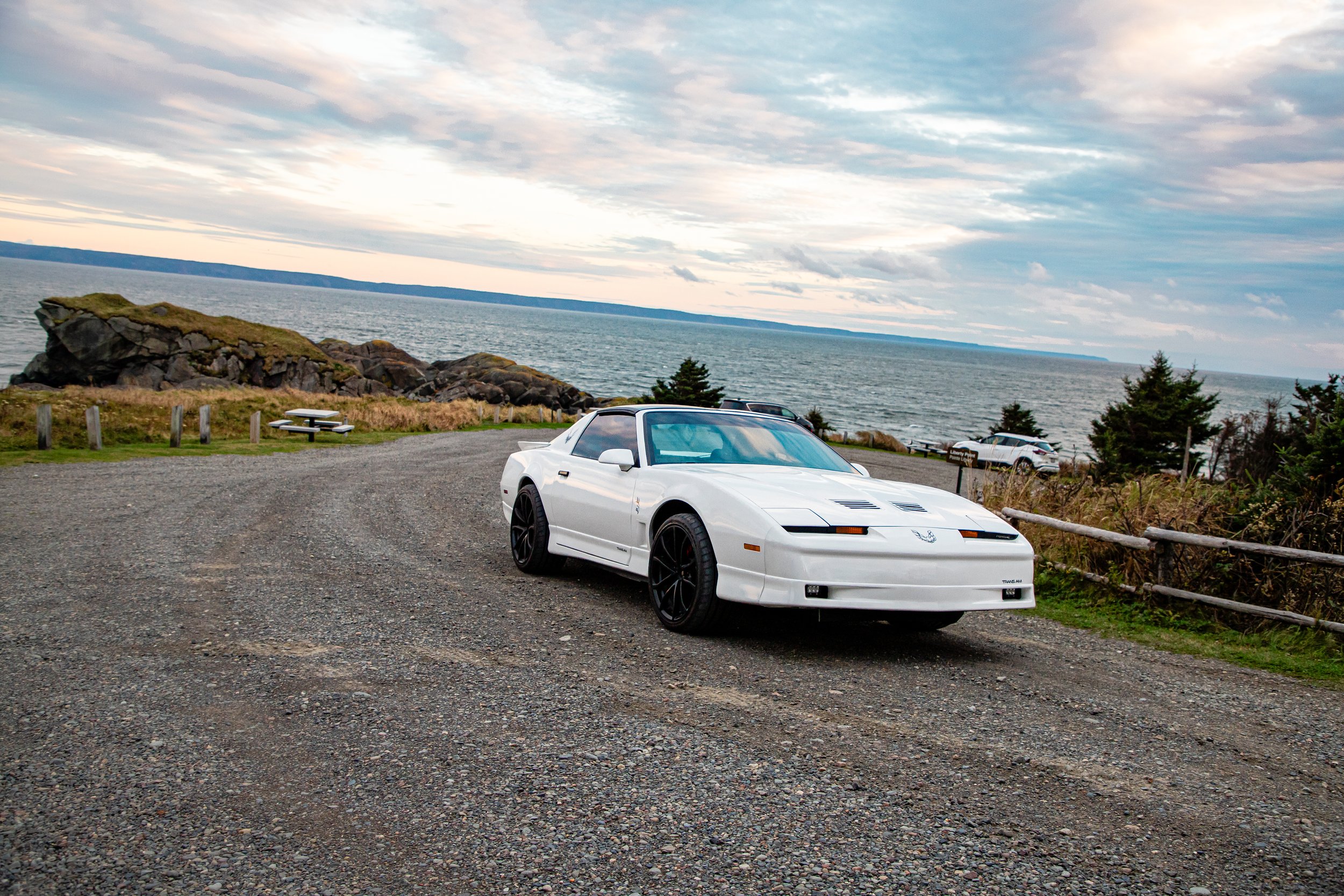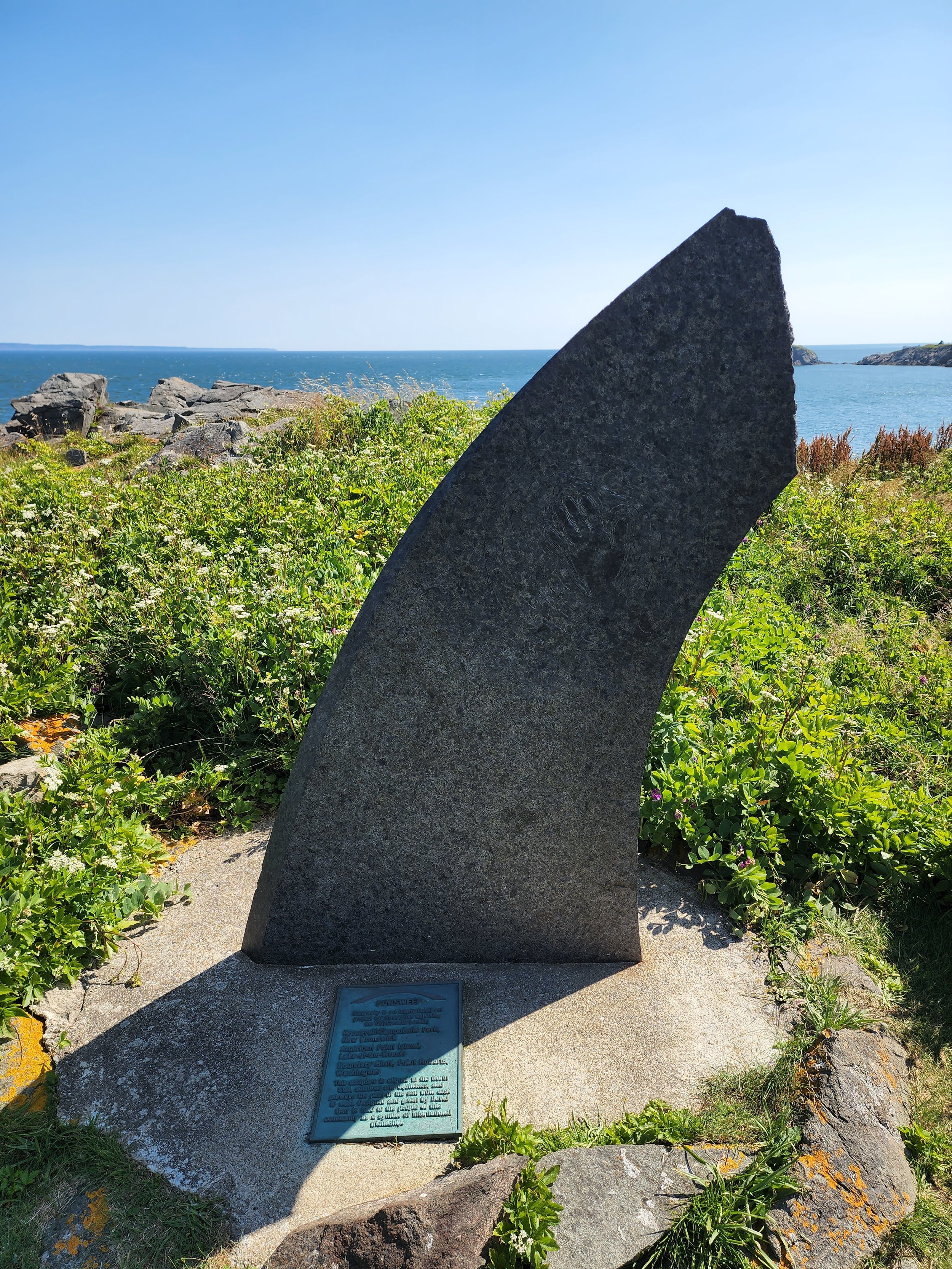Taking in the stunning beauty of the 2,800 acres of Roosevelt Park’s Natural Area is a rich ecological experience and should not be missed! Home to coastal headlands, rocky shores, cobble beaches, sphagnum bogs, fields, and forests - a day in the Natural Area is a “‘must’ experience”.
Nine hikes and three carriage roads will usher you to an adventure in every corner of the Park. If you ever wondered why the Roosevelts chose Campobello, come hike and bike, explore every nook and cove, and try one of the Roosevelts’ favourite activities: a picnic!
Park grounds and Natural Area remain open to the public year-round.
Points of Interest
Mulholland Point Lighthouse
Built in 1885, Mulholland Point Lighthouse overlooks the narrow Lubec Channel between Lubec and Campobello.
Liberty Point
High cliffs and ledges offer spectacular views to the east and west, including the candy-striped West Quoddy Head Lighthouse and the bluffs of Grand Manan Island.
Friar’s Head
View splendid vistas of Passamaquoddy Bay and surrounding islands on the summit of Friar’s Head, a headland atop a large rock formation called “the old friar”.
Marine Life Interpretation Centre
The Park operates the Marine Life Interpretation Centre, located at Mulholland Point Lighthouse, in partnership with the Canadian Whale Institute. The centre aims to provide education on North Atlantic right whale biology, research and conservation, as well as local marine life on the Bay of Fundy shore. When open, the centre is hosted by RCIP interpretive staff. The site boasts an excellent view of the quaint town of Lubec, Maine, and harbour and grey seals as they congregate in the Lubec Narrows.
Hiking and Cycling Trails
The Park's hiking and cycling trails wind through varied habitats including spruce-fir and hardwood forests, sphagnum bogs, fields, and the seashore. The trails are designed to offer short, moderate, or long hikes or cycles when traveled in combination.
Trail surfaces vary from packed gravel (suitable for cycling) to woodland trails, boardwalks, and sand or cobble beaches. Discretion is advised for those with small children as some trails are close to high cliffs and ledges. Footwear for wet and slippery conditions is always recommended.
Carriage Roads and Drives
The Park's gravel roads offer you an experience similar to that enjoyed by the Roosevelt family when they came to Campobello. There are a variety of scenic views as you drive or bike along soft and hardwood forests, saltwater coves, sand and gravel beaches, cliffs, offshore islands, and an array of migratory birds and wildlife. Vegetation is allowed to remain close to the road to retain the original character of the drives.
Please note the carriage roads are not suitable for campers, buses, or recreational vehicles.
Scenic Observation Decks
Take in great views from one of our Observation Decks, as well as occasional sightings of whales, porpoises, and seals!
Scenic observation decks can be found at:
Friar’s Head
Eagle Hill Bog
Lower Duck Pond
Upper Duck Pond
Liberty Point (west and east views)
Grounds and Gardens
Beds of annuals, perennials, and, always a favourite, dahlias are admired by many Park visitors. Park gardens are planted to peak from mid-July and throughout August - the height of our visitor season. Many plants bloom earlier, and the gardens are worth a look in late-September and early-October when the dahlias are at their best. The designs of our gardens are not historically accurate and are not interpreted as such. The gardens do, however, contain many plants that would have been found in cottage gardens of the Roosevelt era.
Picnic Sites
Enjoy a picnic lunch at one of our many picnic sites! Pack in your own lunch, or order a picnic lunch for takeaway from the Prince Café.
Picnic tables can be found at:
Visitor Centre
Friar’s Head
Mulholland Point
Cranberry Point
Fox Farm
Lower Duck Pond
Yellow Bank
Liberty Point
Raccoon Beach
Con Robinson’s Point
SunSweep (Sculpture)
SunSweep is an international art project spanning 1,722 kilometers adjoining the US/Canada border and finished in November 1985 by Michigan artist David Barr. SunSweep consists of carved granite sculptures conceived for three sites: Roosevelt Campobello International Park, New Brunswick; American Point Island, Lake-of-the-Woods, Minnesota; Boundary Bluff, Point Roberts, Washington.
Borders are equivocal things. They separate people, marking a clear delineation of responsibility. Yet they mark a connection, a shared interest. Barr explores the area of this ambiguity by installing polished granite markers at three sites along the US/Canadian border. Because this long, quiet border lies under the path of the sun as it moves from east to west, Barr’s work is called SunSweep. The most eastern marker is within the Park on Campobello Island. The handprints etched on the stones are the universal sign for “I was here”, found in First Nations art, both recent and ancient.
Drive the Park’s well-maintained gravel carriage roads to Liberty Point. From there, you will hike along the coastline and through the forest to Ragged Point, where you will find situated within a panoramic view of the Bay of Fundy, SunSweep sculpture… where art, culture, history, and nature intertwine.
Tip: Grab a picnic blanket and lunch before you go for a beautiful and unique dining experience.









